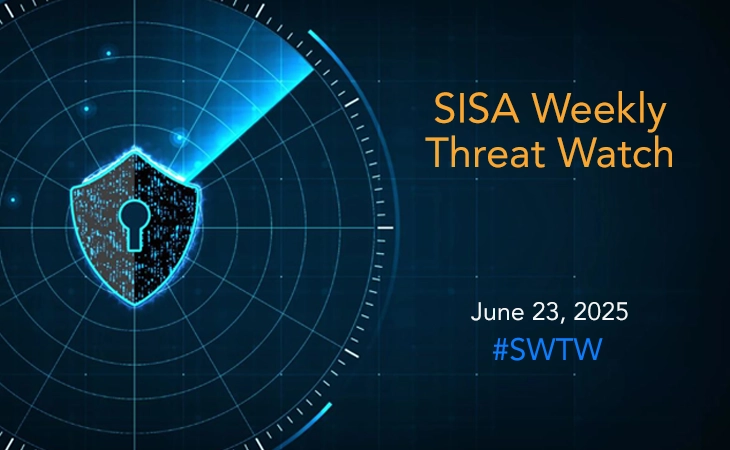
What is Continuous Penetration Testing? And Why Is It Important?
So, you’re building a SaaS product, and your engineers have written thousands of lines of code. What do you do now? Most companies get all that code reviewed in one massive go to check for vulnerabilities. But, wait—what’s the problem with this? It’s expensive, it’s time-consuming, and any mistakes in the initial code can mean a domino effect that requires rewriting tons of subsequent code.
Doesn’t that sound exhausting?
It is! Especially when we consider how quickly threat actors are evolving alongside our development practices. Unfortunately, penetration testing hasn’t evolved much for many companies, and they still use outdated methods to test for vulnerabilities—resulting in large, expensive reviews at the end of every sprint.
What’s the solution? Abandoning the testing process altogether is out of the question. Instead, there’s a way to save time, money, and headaches: Continuous Penetration Testing.
Continuous Penetration Testing: Speeding Up Reviews
Continuous Penetration Testing is a straightforward way to cut costs and keep your code secure—all while avoiding those dreaded last-minute bottlenecks. By integrating security assessments directly into your development pipeline, you catch vulnerabilities the moment they’re introduced. Think of it like spell-check for your code—it’s a lot easier when mistakes are caught right away, rather than fixing them all after writing an entire essay.
What is Continuous Penetration Testing?
Continuous Penetration Testing involves continuously evaluating software to find vulnerabilities, rather than doing one big review at the end. Traditional penetration testing often happens after a major release or development sprint, which means issues pile up over time. Continuous Penetration Testing, on the other hand, integrates security testing throughout the entire development cycle—finding and fixing issues in real time.
The Process of Continuous Testing
Here’s how it works:
- CI/CD Pipeline Integration: Testing tools are integrated into your CI/CD pipeline, so they run automatically whenever new code is committed. Imagine having a security expert look over your shoulder as you code.
- Automated Scanning: Automated tools continuously look for known vulnerabilities. These tools act like watchdogs, ensuring no sneaky errors slip through.
- Manual Testing & Threat Emulation: Human expertise is crucial for complex vulnerabilities, so manual penetration tests are performed to mimic real-world attack scenarios.
- Real-Time Reporting: Vulnerabilities are flagged as they happen, meaning quick fixes and no long lists of errors piling up.
- Continuous Feedback Loop: Developers get feedback right away, preventing further issues down the line.
Why Is Continuous Testing Needed for Companies Today?
Today, security must keep up with speed. Here’s why continuous testing is becoming essential:
- Fast Development: Agile and DevOps demand rapid updates. Traditional testing can’t keep up. Continuous testing moves at the speed of development.
- Evolving Threats: Hackers evolve, and so must our defenses. Continuous testing keeps security proactive, not reactive.
- Save Money: Fixing vulnerabilities early means less rework, fewer headaches, and lower costs.
- Stay Compliant: Regulations require strong security measures, and continuous testing helps maintain compliance effortlessly.
How Does Continuous Testing Impact the Development Process?
After implementing continuous testing, the development process becomes more efficient:
- Shift-Left Approach: Security is built in from the start—no more afterthoughts.
- Less Rework, Faster Releases: Catching vulnerabilities early means less to fix later, leading to faster release cycles.
- Team Collaboration: Security, dev, and ops teams work together seamlessly.
- Better Code Quality: Real-time feedback makes developers better at writing secure code.
Who Should Consider Continuous Testing?
Startups to enterprises—anyone deploying software should consider continuous testing:
- SaaS Companies: Security for evolving features.
- Highly Regulated Industries: Compliance with standards is a must.
- DevOps Teams: Agile environments need testing that matches speed.
When to Adopt Continuous Testing?
Adopt as early as possible:
- During digital transformation.
- At the start of product development to make security part of your DNA.
Best Practices for Implementing Continuous Testing
- Automate Regular Scans: Catch routine issues quickly, but include manual testing for the advanced stuff.
- Use the Right Tools: Pick tools that fit your CI/CD pipeline—tools like OWASP ZAP and Burp Suite.
- Create a Security-First Culture: Train developers to see security as part of their job.
- Continuous Monitoring: Regular reviews help catch recurring issues.
- Engage Experts: Bring in the pros for deep, complex vulnerabilities.
Conclusion
Continuous Penetration Testing helps you keep security front and center as your software evolves. It’s about building security into every line of code, reducing risks, and maintaining customer trust in today’s digital landscape. Make continuous testing a part of your strategy to stay ahead of increasingly sophisticated threats.
Latest
Blogs
Whitepapers
Monthly Threat Brief
Customer Success Stories
 USA
USA India
India APAC
APAC Middle East
Middle East Global
Global






 Facebook
Facebook Linkedin
Linkedin  X
X Youtube
Youtube






